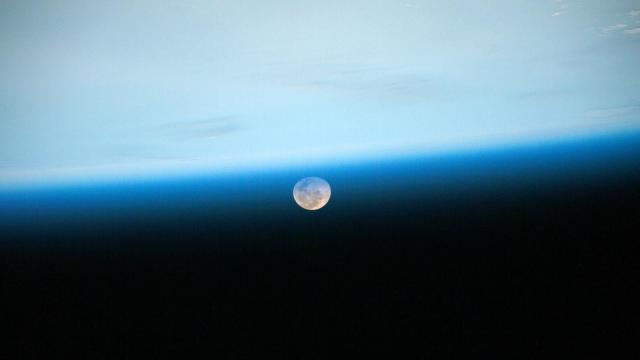The European Space Agency will not take part in Russia’s upcoming Luna missions to the Moon, saying Russian sanctions and the ongoing invasion of Ukraine have made the collaborations impossible. The three Luna missions, the first of which is scheduled to launch in September, involve two lunar landers, a lunar polar orbiter, a navigation demo, a lunar drill, and a spectrometer, among other scientific and technological payloads.
The war in Ukraine has forced ESA to review all its collaborations with Russian space agency Roscosmos. The ExoMars Rosalind Franklin rover was supposed to launch to Mars later this year, but as Roscosmos was to provide both the rocket for launch and platform for landing, that’s no longer happening. The rover is now tucked away in storage as ESA, with help from Thales Alenia Space of Italy, evaluates the best way to move forward. A resumption of the ExoMars mission isn’t likely to happen soon, as ESA needs to replace Russia’s Kazachok lander and descent stage — not the kind of thing that suddenly appears overnight, unlike a rocket, for example.
A key goal of ESA’s participation in the Luna program was to test its upcoming PILOT navigation system. The system will work by processing images of the lunar surface in a manner similar to facial recognition software. Equipped with PILOT, a future lander would use the system to spot and avoid landmarks, such as craters and boulders, by matching them to landmarks stored in its database. The technology was to be developed iteratively over the course of the three missions, with ESA’s PILOT-D camera to collect data during the landing of Luna-25 and a full-fledged version to be tested during Luna-27.
ESA was also planning to deploy its PROSPECT lunar drill and volatile analysis package during Luna-27. PROSPECT, which stands for Package for Resource Observation and in-Situ Prospecting for Exploration, Commercial exploitation and Transportation, is designed to collect bits of ice from below the lunar surface and use an onboard lab, called ProSPA, to analyse the samples. As for Russia’s Luna rovers, they’re to land near the lunar south pole and investigate possible volatiles and minerals.
In its statement, ESA said the “science and technology for these missions remains of vital importance,” and that it’s seeking ways to move ahead with these projects. To that end, the space agency has already secured a flight for PROSPECT aboard a NASA-led Commercial Lunar Payload Services mission, though no date was given. ESA is also moving ahead with a test of PILOT-D, saying a flight will be procured by a yet-to-be named commercial provider. ESA also came to an agreement with JAXA, whereby the Japanese space agency will bring ESA’s Exospheric Mass Spectrometer along for the ride on LUPEX, a joint lunar mission involving JAXA and India’s space agency, ISRO. The spectrometer was supposed to launch with Luna-27 in 2025.
All this said, ESA still needs to come up with a strategy for developing its PILOT system. The agency says it’s going to need precision landing and hazard avoidance technology for the proposed European Large Logistic Lander (EL3).
These are all headaches and hassles for ESA, but minor inconveniences compared to the horrors faced by Ukrainians on a daily basis. Space can wait.
